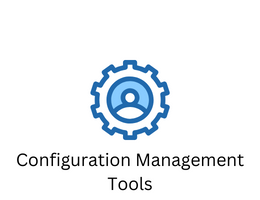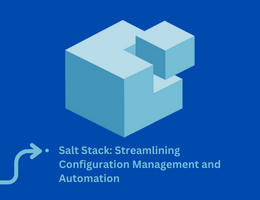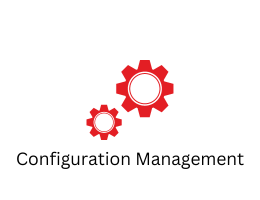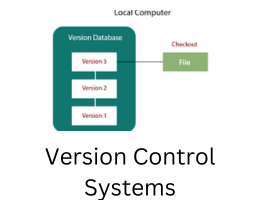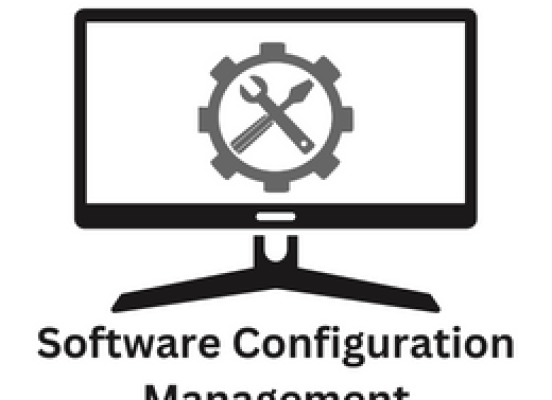
This is short headline
Tools and Techniques for Successful Software Configuration Management
- By admin --
- Saturday, 11 Mar, 2023
Software Configuration Management (SCM) refers to the systematic process of managing changes made to software during its development and maintenance lifecycle. It involves a set of practices and tools employed by software development teams to control the evolution of software products and ensure that changes are made in a controlled and organized manner.
In essence, SCM encompasses the tracking and management of modifications made to the source code, documentation, and other artifacts involved in software development. It also involves the management of different versions of software to prevent conflicts between changes made by different developers and the maintenance of a complete history of all changes made to the software over time.
Effective SCM is crucial for the success of software development projects as it helps teams manage the complexity of software development, ensure the quality of the software product, and promote collaboration. To streamline the process of managing software changes, SCM tools such as version control systems, issue trackers, and build automation tools are utilized.
Here are a few examples of tools commonly used in software configuration management:
-
Git: A popular distributed version control system used for source code management, enabling teams to collaborate on code changes and track revisions.
-
SVN: A centralized version control system used for managing source code, documentation, and other artifacts.
-
Jenkins: An open-source automation server used for building, testing, and deploying software.
-
Puppet: An open-source configuration management tool used to automate the provisioning, configuration, and management of infrastructure.
-
Ansible: An open-source automation engine used for automating software provisioning, configuration management, and application deployment.
-
JIRA: A popular issue tracking and project management tool used to track and manage software issues, tasks, and bugs.
-
Docker: An open-source platform used for containerization, enabling teams to package and deploy applications in a portable and consistent manner.
These are just a few examples, and there are many other tools available depending on the specific needs and requirements of a project or organization.

